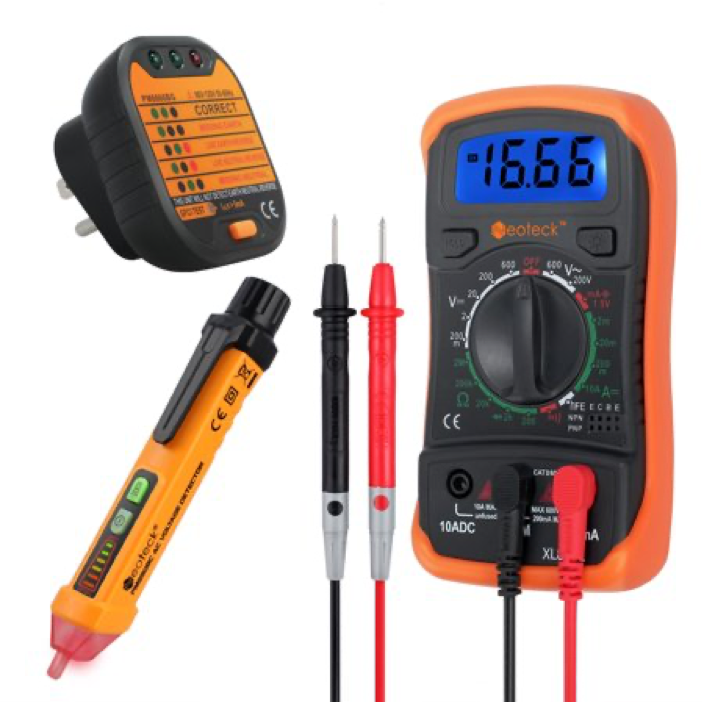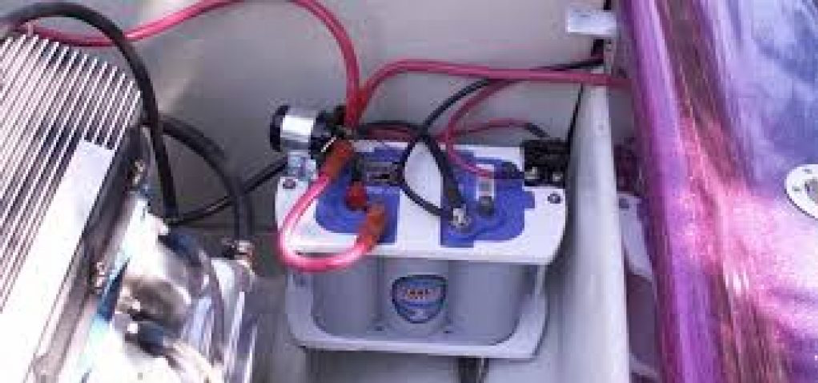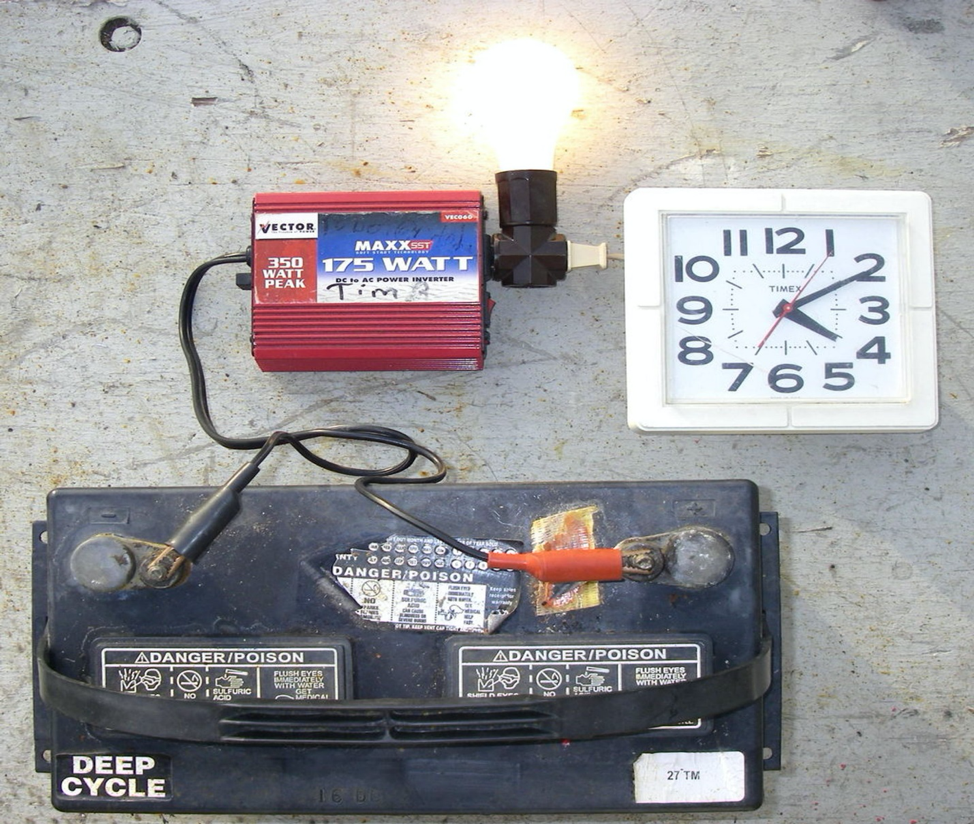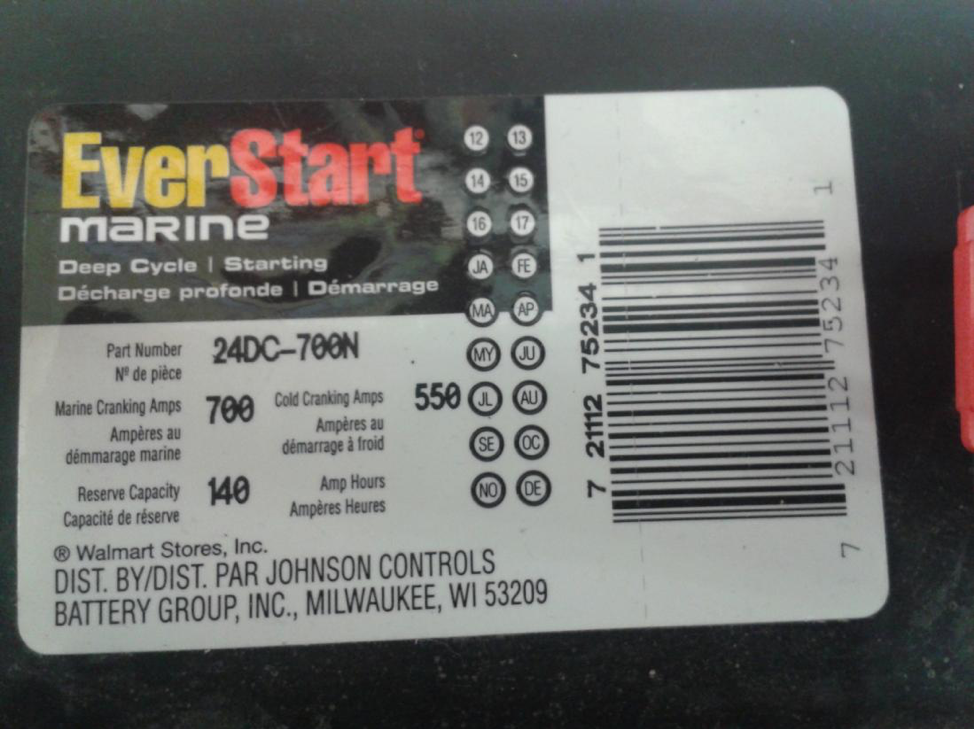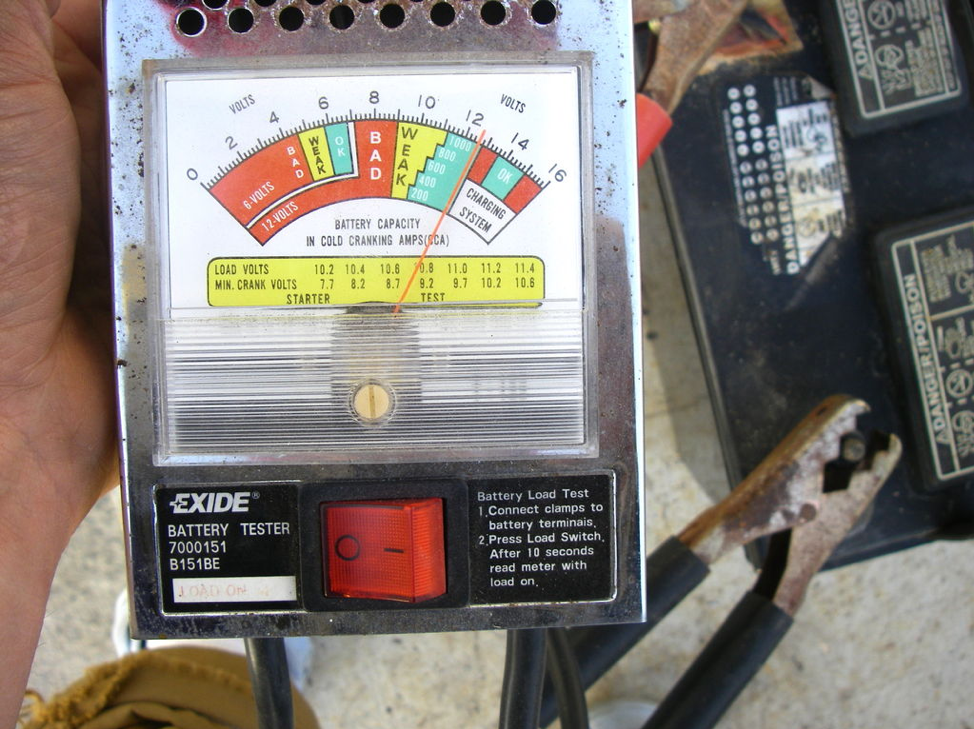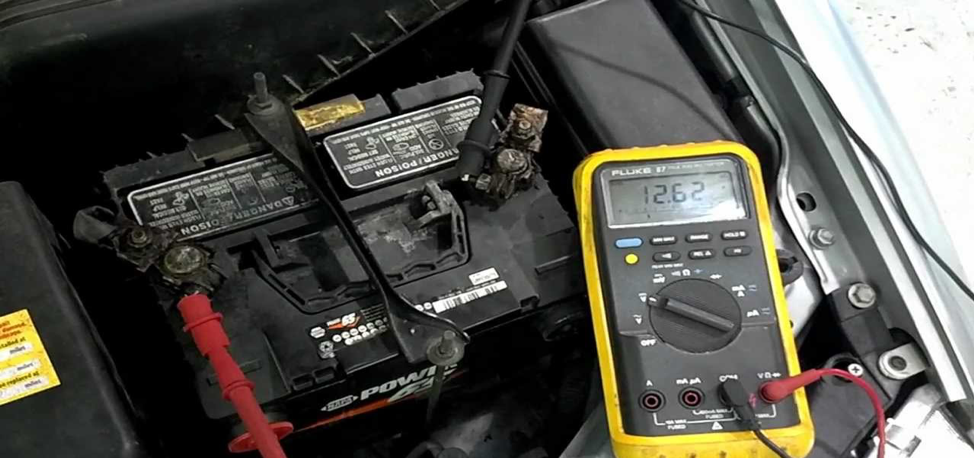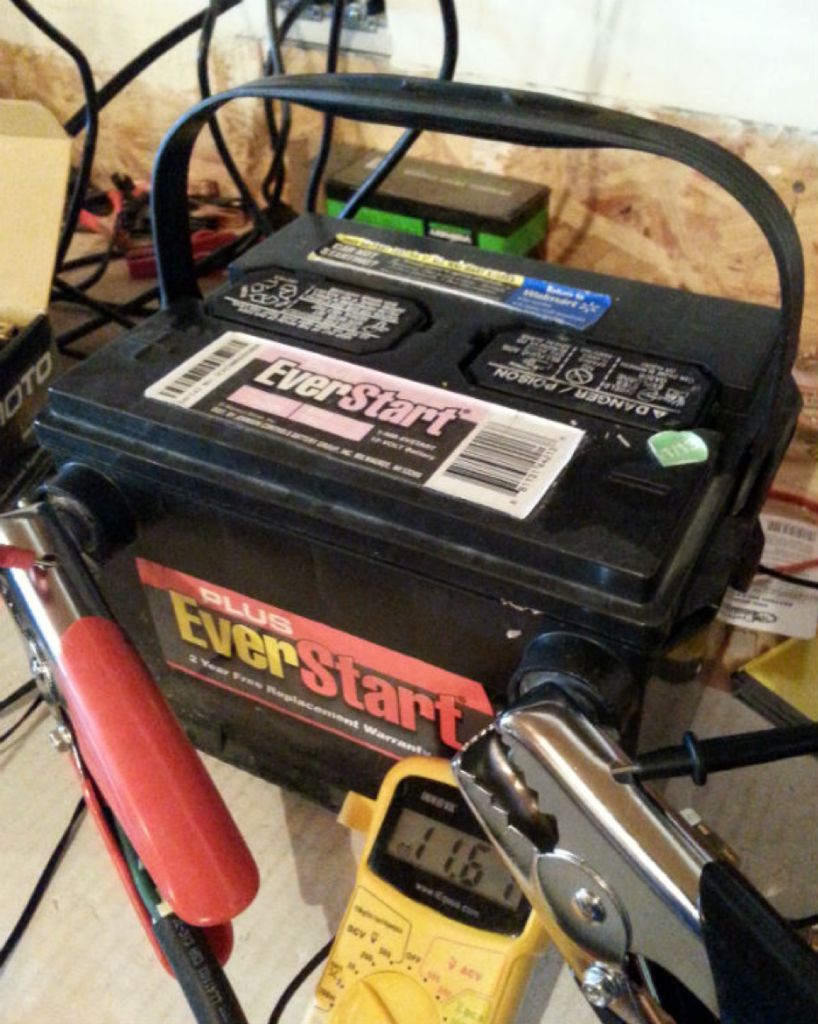Do you want to know how to test a deep cycle battery? There are many uses of a deep cycle battery, especially if you have an automobile, golf cart and other appliances, gadgets or electronics that require a constant power supply. This heavy-duty and maintenance-free battery also powers marine vessels like boats to ensure enough power supply while you’re docked or moored until its engine is switched on again.
May you like: Best RV Deep Cycle Battery
How To Test A Deep Cycle Battery?
- Prepare the things you need like the battery charger, pen, paper, multimeter and battery load tester. It is to ensure that everything will be ready once the process of testing the deep cycle battery begins.

- Charge the deep cycle battery to its maximum level. Make sure that you’re using the correct type of charger for your deep cycle battery. You can charge an AGM or sealed flooded battery with an ordinary car battery charger. However, you should use a gel battery charger for a gel battery to prevent its damage due to overcharging.

- Stabilize the voltage. Draw some energy from the battery by turning the lights on for a couple of minutes. Do not use high-energy drawing appliances or tools to test the battery and stabilize its voltage.

- Check the label and write down the ampere and voltage settings. Most likely, the voltage is 12 volts. The ampere, on the other hand, can vary from one battery type to another. You can check the ampere settings with the letters CCA (cold cranking amps).

- Measure the voltage using a multimeter. Locate the battery terminals and put the metal tips to find on the multimeter wires. Make sure that the positive terminal is connected to the red handled tip and the black one to the negative battery terminal. Get the readings of your battery. It should have between 12.4 and 12.7 volts, if the battery is in a good condition. If using a 6V battery, it should generate a reading between 6.2 and 6.3 volts.

- Measure the load-test amperes. Get the results by dividing the CCA by two. So if the cold cranking amps measured 50, divide it by two. The result will be 25 if your battery is still good.

- On the end of the colored wires, put the prongs from the load tester onto the terminals of the battery. It is the same process, as you did with the multimeter. However, you need to put them on simultaneously.

- Count 15 seconds with your stopwatch. Get the results from the load tester after the time passed. You can repeat the same test if you think it’s done improperly. If the battery is good, you should get the same calculation in the display as previous. Ideally, you should get a replacement if you get a lower figure in the load-test ampere measurement by above 10%.
Tips To Take Care Of A Deep Cycle Battery
- Using distilled water every two weeks, you should refill flooded lead-acid batteries.
- Check for battery charge status regularly. Every 90 days, apply an equalization charge to a flooded deep cycle battery. Never apply an equalization charge to a lithium or sealed lead-acid cells.
- Avoid running out of power by checking the charge status of your deep cycle battery. Based on the model and manufacturer, deep cycle batteries discharge up to 75 percent of its capacity. You can use tools with hydrometers and ampere-hour meters with digital monitors to help you on it. Such tool can help you monitor the battery’s charge state. If you find it at or below 50%, you should recharge it. Do not get than 20% charge to extend its lifespan.
- To prevent corrosion, you should always clean the cables and terminal connections.
- Program the voltage to charge the battery at the correct voltage.
You can test the deep cycle battery condition and status using the simple steps outlined earlier. And to extend its lifespan, you can follow the tips above and ensure that you won’t damage it. Again, you must check for its status regularly, do not get it with lower than 20% of charge, and always test for its condition to know if it’s still good or you need a battery replacement.


